Hey! It’s Matthew here.
I wanted to take a moment to share an intriguing local SEO case study from our work at Local SEO Partners.
Usually, local SEO feels like a breeze.
Build some backlinks, rack up local citations, nail the website structure, get those Google reviews, and you’re set to climb the ranks.
But, trust me, it’s not always as straightforward as it sounds.
This whole saga kicked off when a friend bought a pool cleaning business, and naturally, we brought them onboard at our agency, Local SEO Partners.
The previous owner had a website in the past, but there was nothing currently published when we took over.
We decided to stick with the old domain, betting on its existing backlinks and age to help us dodge Google’s dreaded sandbox period.
Come October 2023, we were all systems go: we launched the new website, optimized their Google Business Profile, and got down to building local citations and backlinks.
But here’s where things got interesting: despite all our efforts, there was zero movement in our rankings.
Just crickets.
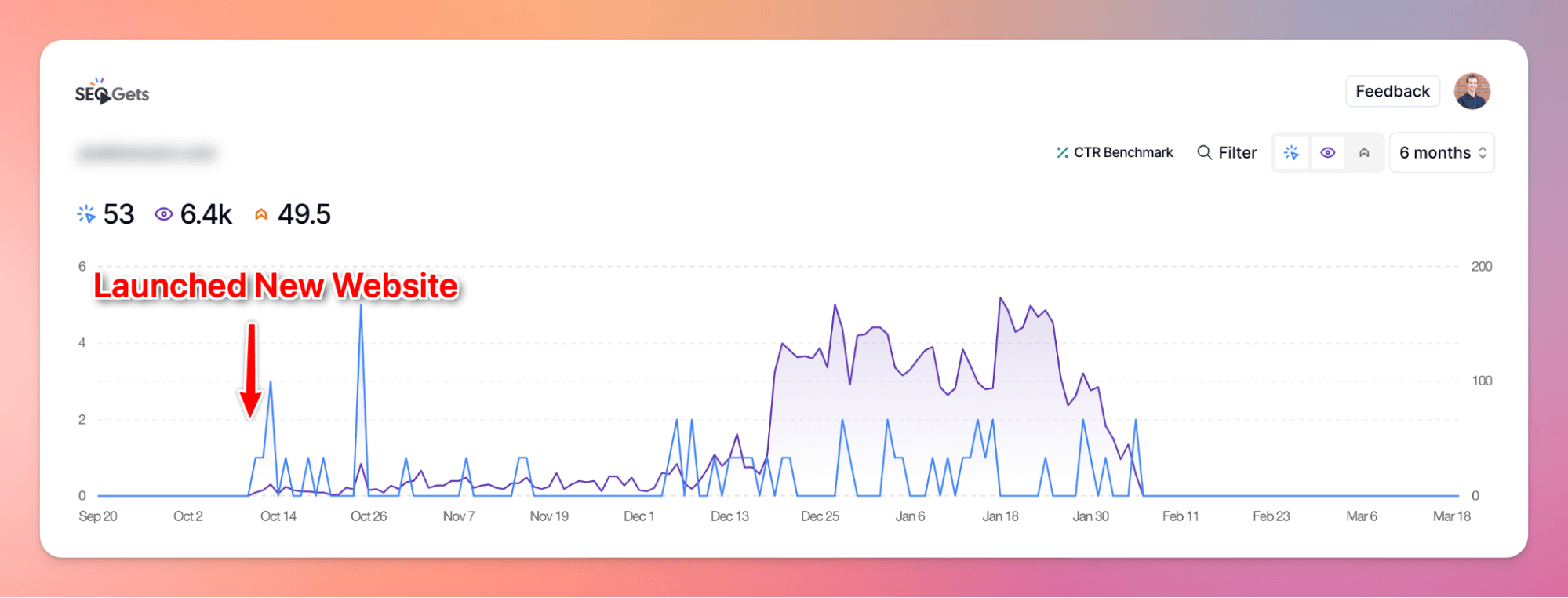
A rough start
We’ve been around the local SEO block a few times. We know what it feels like when we start a new local seo project.
Usually, it takes 6+ months before you really start seeing your site climb up to those top spots.
But, we expect to see a little upward movement early on.
However, I hit a snag trying to get the website to rank #1 for its own brand name, which was oddly trailing behind its Facebook profile.
That was my first clue that something unusual was at play.
I decided to investigate further using ahrefs. It wasn’t long before I uncovered several spammy backlinks from the past website.
Despite Google’s assurance that bad backlinks are ignored and shouldn’t be a cause for concern, my situation suggested otherwise.
Read this article from Search Engine Land quoting John Mueller multiple times.
Notice anything interesting? All of John’s tweets about ignoring links seem to have been deleted.
This discovery made it clear I needed to reassess and adjust my approach.
Do I really need to disavow?
After consulting with fellow SEO experts about the dubious links, they also advised not to fret over them.
So, we continued on our path for a bit longer, sticking to our established strategies.
Yet, something inside me couldn’t shake the feeling that we needed to explore other avenues, especially since our standard methods weren’t delivering the results we hoped for.
What made these problematic links stand out was their blatant nature.
They primarily consisted of user-generated content (UGC), with names linking back to a specific page on the former site.

Interestingly enough, this page had since become a 404 error—essentially a digital dead-end. How could it possibly have an effect on our current website?
Submitting our disavow
In an effort to pivot our strategy, we decided to experiment by disavowing just over 200 domains associated with this non-existent page.
The results were nothing short of very obvious.
Within 24 hours, we witnessed our impressions skyrocket by 4x.
After months of stagnation, this significant uptick following our disavowal action was too substantial to attribute to mere coincidence.
Before Disavow File:
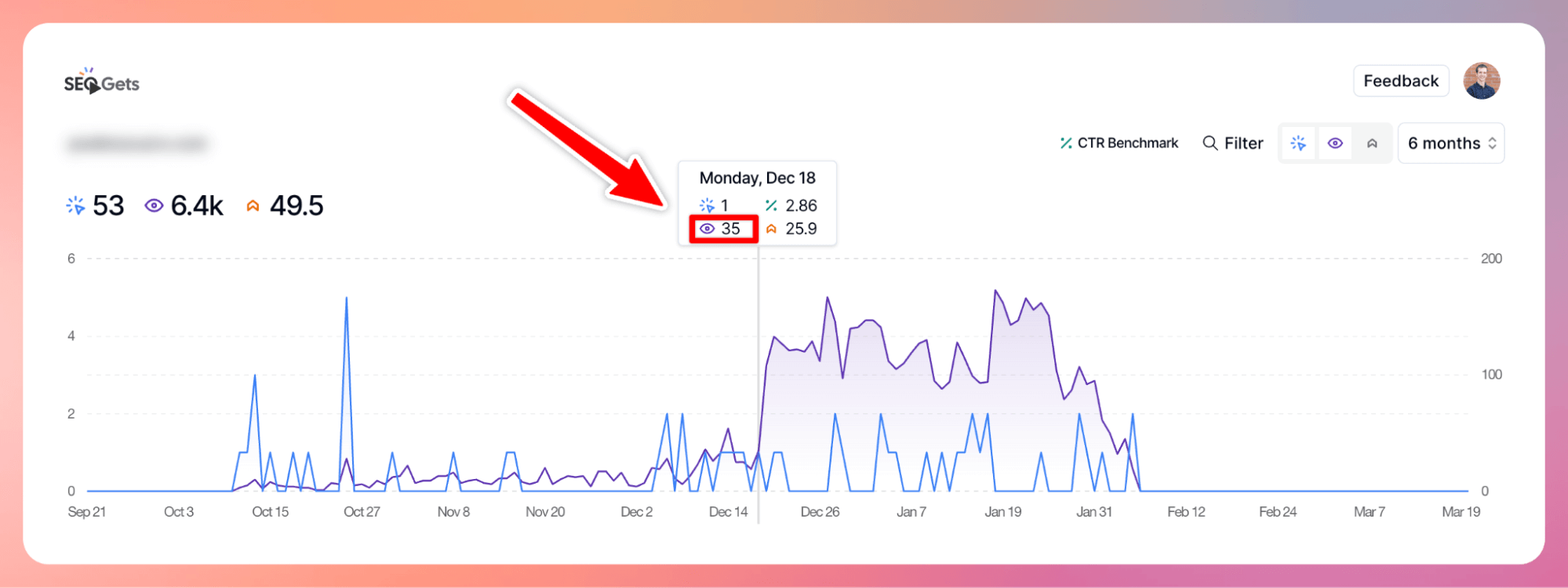
After Disavow File:
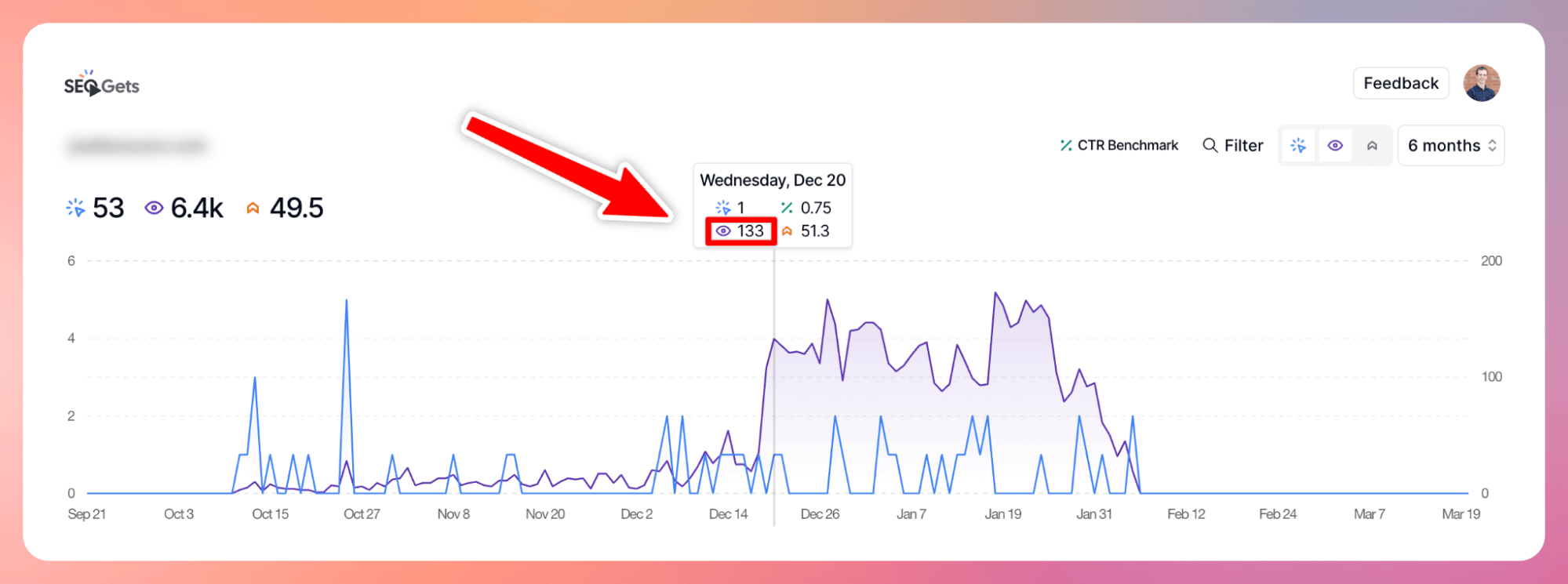
Encouraged by the initial success, we pressed on with our usual SEO strategies.
Yet, despite our efforts and the spike in visibility, our rankings hit a plateau.
Another month passed with no significant changes in the SERPs (Search Engine Results Page).
The sunken cost fallacy
It was at this juncture I had to confront the harsh reality of the sunken cost fallacy.
We had invested a considerable amount of time and resources into enhancing the domain’s SEO through citations and backlinks, yet the return on our investment was underwhelming.
The decision to start over was daunting, yet it became clear it was the necessary course of action.
Despite the setback of losing 3.5 months of online authority building, our client was on board. A fresh start was essential.
We migrated the website to a new domain, opting for a slight variation of the brand’s name (imagine transitioning from “coolrunnings.com” to “coolrunning.com”).
Remarkably, within a few weeks of launching on the new domain, we witnessed an almost 4x increase in visibility compared to the highest point achieved by the old domain, and a 16x in impressions from before the disavow file.
Moved to new domain:
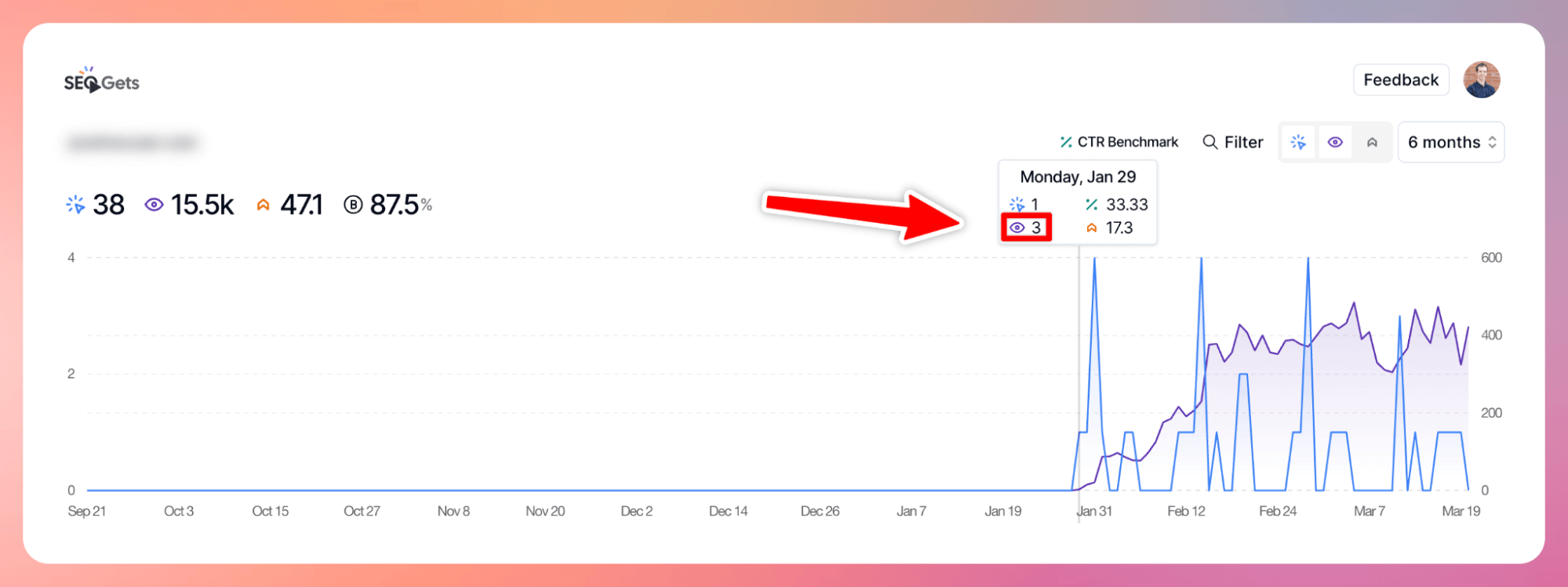
Within a few weeks we saw SERP movements & impression growth:
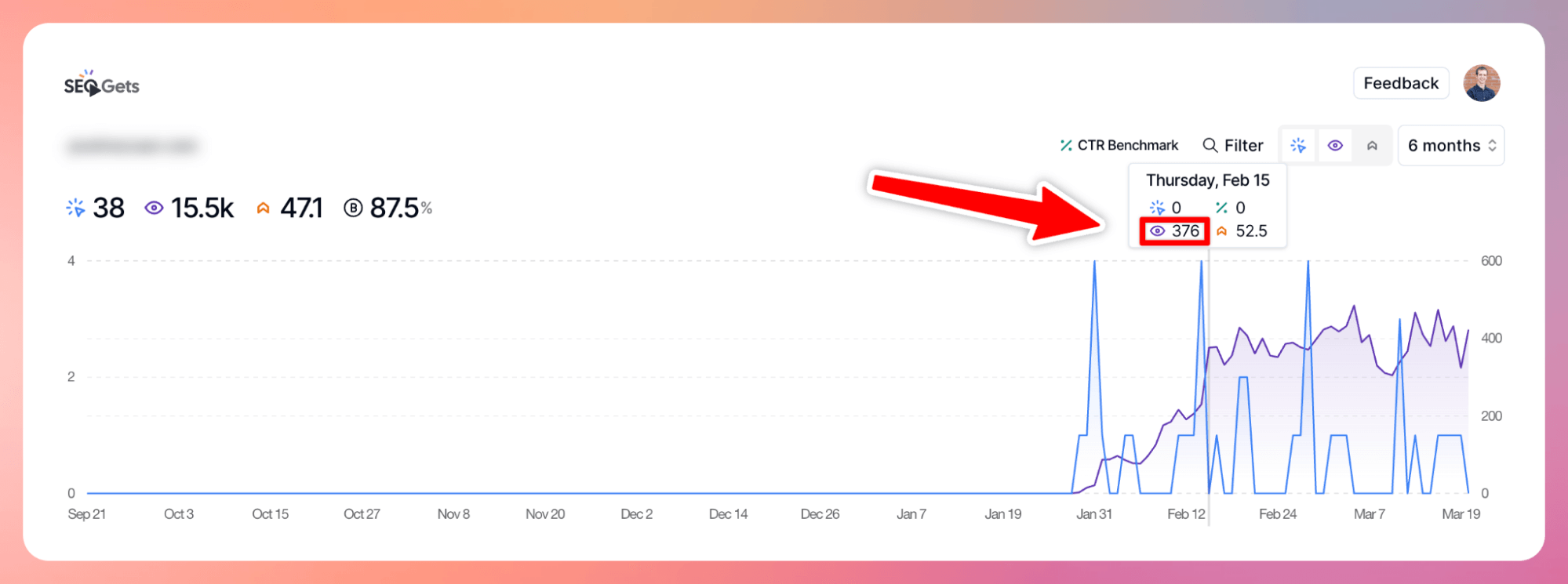
This change also kickstarted positive movements in our keyword rankings.
To bolster this momentum, we executed a new press release and constructed local citations specifically for the new site.
Additionally, we secured a few impactful niche edit backlinks directed at the new domain.
So where does that leave us?
Currently, we’re ranking in the top 10 for several of our service keywords and continue to see weekly improvements.

In short, test for yourself
There’s a long road ahead of us, but one clear lesson shines through from this experience: always question and test.
The impact of toxic links on rankings isn’t a certainty, but it’s a potential risk that demands attention.
This case has taught us the importance of vigilance and the value of acting decisively at the first sign of trouble.
I hope this case study has piqued your interest and offered some valuable insights. If you have any questions or would like to delve deeper, don’t hesitate to get in touch at [email protected].
And for those of you in the agency world, take a moment to check out SEO Gets. You’ll never want to use google search console again. 😉
✨ Interested in simplifying your SEO analytics workflow? Try SEO Gets for free.

